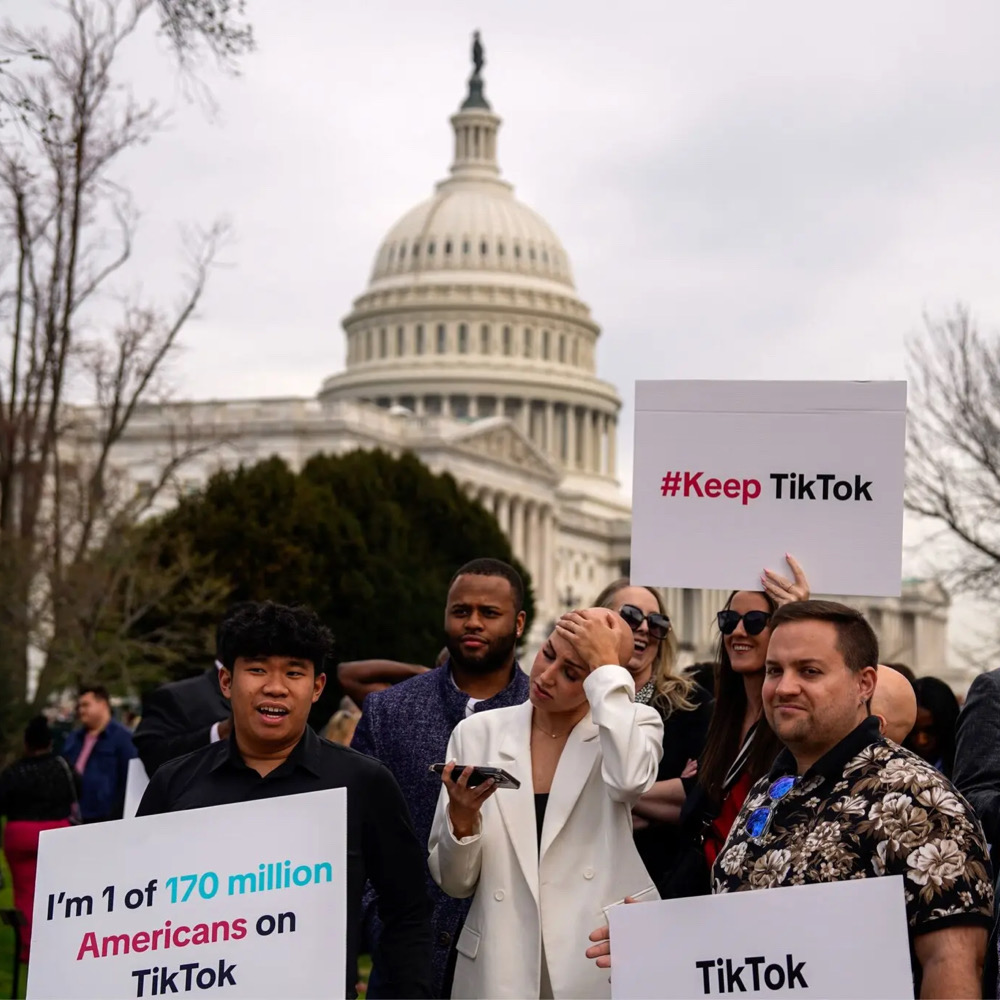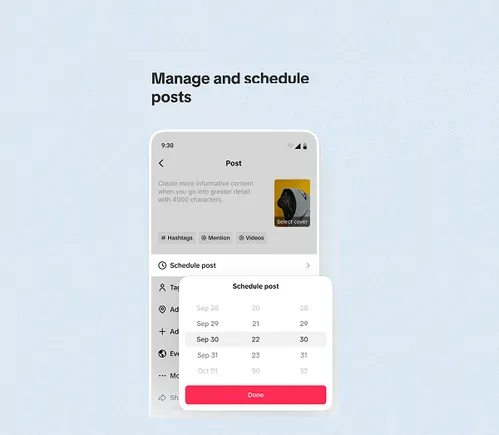Many aspects of the workplace have evolved in the past century, with some accelerating in the past few years, catalyzed by the massive workplace disruptions wrought by the COVID pandemic. One facet that has proven surprisingly resistant to change, however, is companies’ approach to paid time off (PTO).
At last, there are signs of an emerging – albeit still nascent – trend towards rethinking PTO, with more companies adopting unlimited PTO policies which can also be referred to as “open leave” or “flexible PTO”. A 2021 survey on companies offering unlimited PTO found that of the 639 companies being polled, only 4% reported offering unlimited PTO which is up from only about 1% of companies a handful of years ago. Another recent survey found 1 in 5 large companies in the finance, technology and digital media industries had unlimited PTO policies, with tech companies particularly likely to offer the benefit.
Pioneers of the unlimited PTO trend like Netflix and Virgin Group have been joined by others including LinkedIn, Oracle, and Zoom. Even Goldman Sachs, notorious for its hard charging work culture, adopted an unlimited PTO policy for senior staff in May 2022. As full disclosure: our company, Arcutis Biotherapeutics, has had a “flexible PTO” policy since our founding in 2016.
Why Consider Unlimited PTO?
Okay, you say, just because some companies are doing it, why should I adopt unlimited PTO? Isn’t this just the latest management fad? No. The move to unlimited PTO is driven by the recognition that it is good for employers and employees and reflects changes in the workplace.
Large swathes of the economy, after all, are now primarily knowledge-based, making when work is being done, hours worked, or presence at the office less important. In his book No Rules Rules, Netflix CEO Reed Hastings — one of the pioneers of unlimited PTO — recounts an employee asking, “We are all working online some weekends, responding to emails at odd hours, taking off an afternoon for personal time,” said the employee. “We don’t track hours worked per day or week. Why are we tracking days of vacation per year?” To which Hastings realized he didn’t have an answer.
Another reason companies are adopting such policies is high employee interest in the benefit. For instance, a 2019 MetLife survey found 72% of employees were interested in unlimited PTO. In addition, mentions of “unlimited PTO” policies in Glassdoor reviews are up 75% from pre-pandemic levels, with such policies being rated much higher by employees than fixed PTO policies. Similarly, a FlexJobs survey from earlier this year found vacation time to be the fourth most important benefit to respondents (62%), coming in just behind salary at number one(83%), remote work at number two (77%), and flexible scheduling and health insurance, tied for number three (63%).
Ironically enough, encouraging employees to take more time off might even boost productivity. For instance, an experiment in New Zealand looking at shorter work weeks found that productivity actually went up (by 20%) when employees worked only four days. Another study from 2019 found that employees who had been rated highly by their managers in performance reviews took 35% more vacation than employees receiving only average performance marks.
Of course, unlimited PTO doesn’t work for every job or for every industry. Clearly, doctors and nurses need to be at the hospital, retail stores need salespeople on their shop floors, factory workers need to staff their equipment, and airline crews need to fly planes. However, for a significant percentage of companies, and a substantial percentage of roles, where work is performed — and when — is increasingly irrelevant, as was demonstrated during the pandemic.
Weighing Up the Plusses and Minuses
As with most business policies, unlimited PTO is not an unalloyed good, with no risks. But it does offer a number of very solid potential benefits. First and foremost, it sends a strong signal to employees that their employer trusts them and treats them like the adults they are, which other surveys have shown may also lead to higher employee engagement. Second, as noted above, it may increase productivity. Third, it can be a strong recruitment tool, so long as a minority of companies offer the benefit. Fourth, it gives employees a powerful tool to better maintain their work/personal balance. And yes, admittedly, it may reduce the costs and complexity of administering traditional PTO program.
At the same time, executives should recognize that there are potential risks. Somewhat counterintuitively, perhaps the greatest risk is that employees may take less time off under an unlimited PTO policy, and in fact some data suggests this is the case at companies with unlimited policies. This clearly needs to be accounted for in the implementation of such a policy. There is also a risk of workplace tensions if some employees are seen as taking too much time off and not “carrying their weight”. Finally, there is always the risk of abuse of the policy by individual employees, although we have found that this risk is minimal with properly designed policies.
Making It Work in Practice
Having lead a company with an unlimited (or “flexible”) PTO policy for the past six years, we have learned some important lessons about what it takes to make such a policy work in practice.
First, it is difficult to effectively implement an unlimited PTO policy unless your organization has a “high trust” culture. If you don’t trust your employees and feel the need to monitor their every working hour, then unlimited PTO clearly isn’t for you. Of course, if you don’t trust your employees, you probably have a larger organizational issue to address.
Second, unlimited PTO works best as part of an integrated set of workplace policies, such as measuring performance based on results (achievement of specific individual goals) and not activity, flexible work schedules and locations (e.g., work from home or office), and empowerment and decentralized decision making.
Third, and critically, success is dependent on leadership from the top. Not only do executives need to take vacation, but they need to make sure people know when they are on vacation and should avoid working the whole time they are gone. If they don’t, the message will be that utilizing the unlimited PTO policy could be career limiting.
Fourth, everyone needs to understand that the work still needs to get done. So, our policy requires an employee to notify their supervisor of absences, and time off can’t interfere with job performance. As example, it would be frowned on to take a long vacation right before a key deliverable is due. But if an employee can get all their assigned tasks done and still take that month-long cruise, more power to them!
Fifth, it can be challenging for people to take time off when too much is going on at the office. To help with this, we retain 13 set company holidays throughout the year, when everyone is off, and last year we also implemented two week-long “no meeting” periods, between Christmas and New Years, and week of Fourth of July. We don’t shut the company down for those weeks, people can still work to if they choose, but the meeting ban makes taking vacation at those times much easier.
Is It Time at Your Company?
Each company leader needs to determine for themselves and their company whether unlimited PTO makes sense for them. Understandably, it isn’t appropriate for every company or every industry. Particularly in knowledge-intensive sectors, and especially in highly competitive labor markets, unlimited PTO is a policy that can benefit both employees and employers, and based on our experience, is a policy that can be made to work without negatively impacting performance.
Written by Frank Watanabe.
Have you read?
Inclusive Workplaces Accept the Inevitability of Illness and Resist Digital Presenteeism by Lara Zink.
Why adapting leadership style is essential to achieving gender equality in the workplace by Joy Burnford.
JFB Construction & Development, a Reputable National Retailer and Contractor.
From Script to Screen: How Intellectual Property Animation is Making an Impact by Rocky Shi.







































































